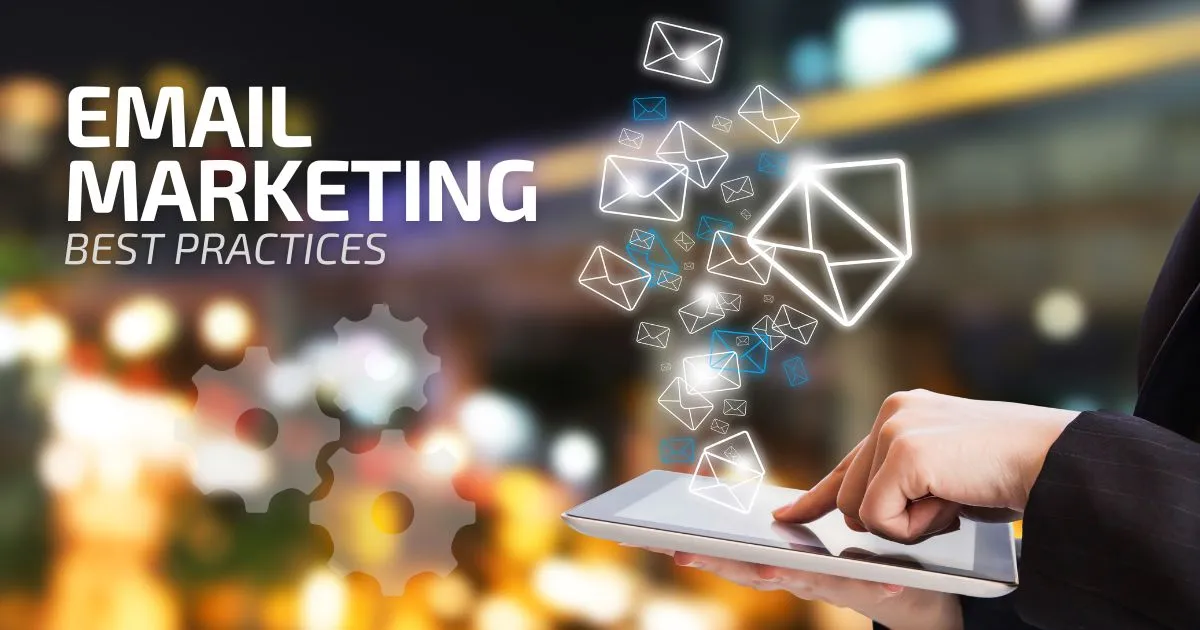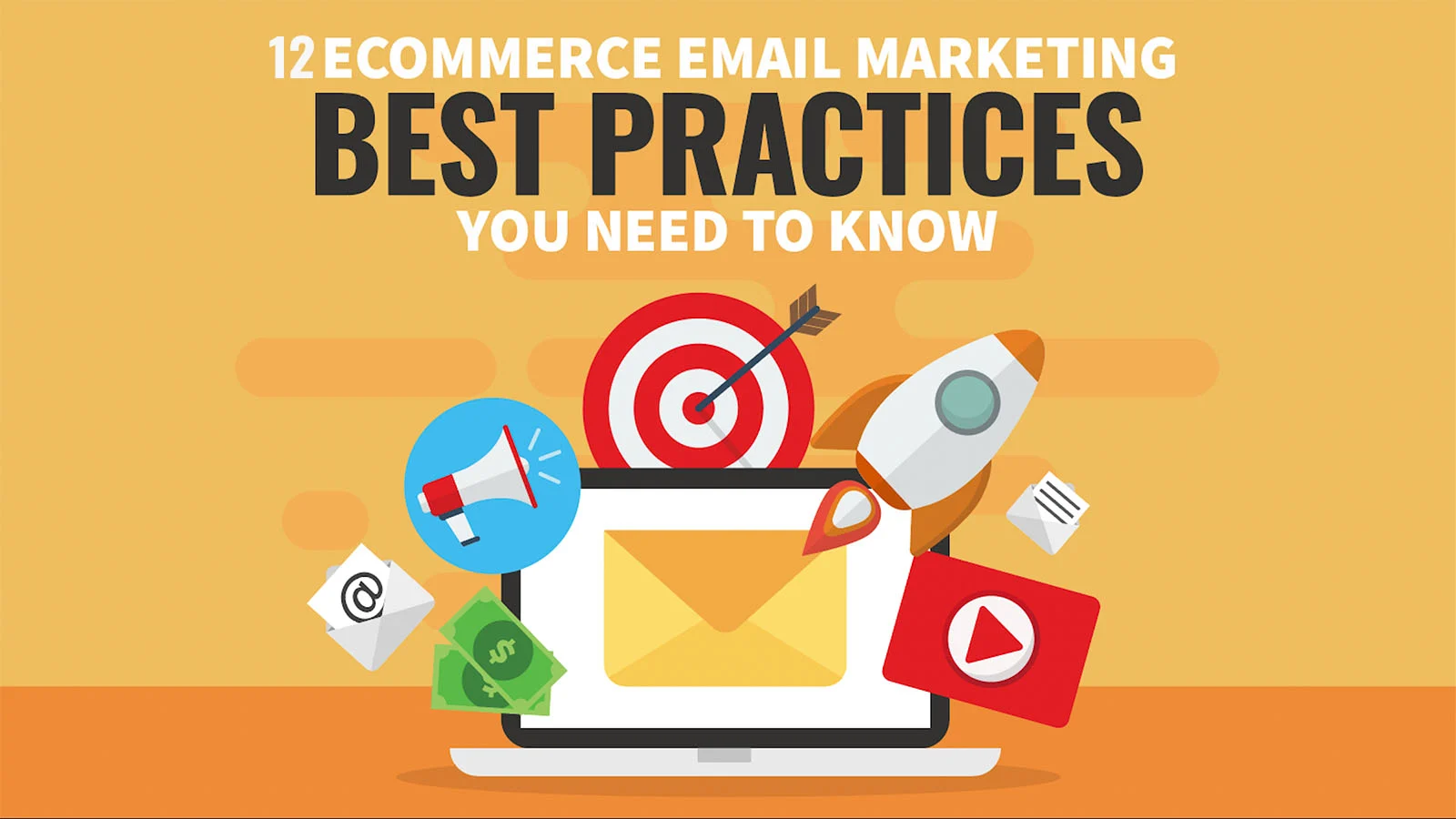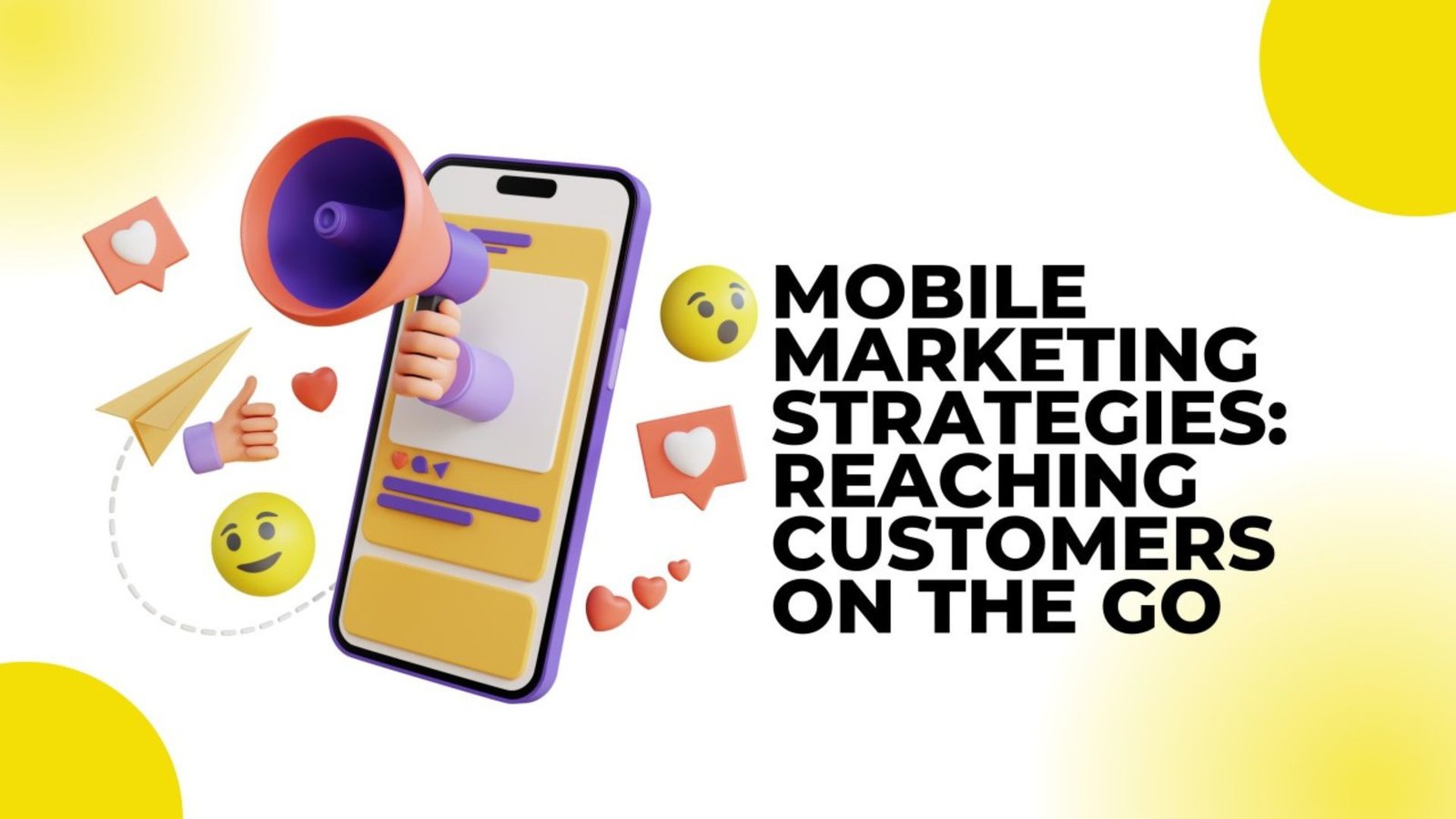Email marketing remains a powerful tool for reaching and engaging your audience. To ensure your email campaigns are effective and yield positive results, it’s essential to follow best practices that enhance deliverability, engagement, and conversion rates. Here’s a comprehensive guide to best practices for email marketing.
1. Build a High-Quality Email List
Overview: A strong email list is the foundation of a successful email marketing campaign. Focus on growing and maintaining a list of engaged and interested subscribers.
Best Practices:
- Use Opt-In Forms: Implement clear and compelling opt-in forms on your website to encourage visitors to subscribe.
- Offer Incentives: Provide valuable incentives such as discounts, exclusive content, or free resources to encourage sign-ups.
- Regularly Clean Your List: Remove inactive or invalid email addresses to maintain list hygiene and improve deliverability.
Example: Use a pop-up form offering a 10% discount for new subscribers to grow your email list.
2. Personalize Your Emails
Overview: Personalization enhances the relevance of your emails, making them more engaging and effective.
Best Practices:
- Use Subscriber Data: Address subscribers by their first name and tailor content based on their preferences and behavior.
- Segment Your List: Divide your email list into segments based on demographics, purchase history, or engagement levels for targeted messaging.
- Include Personalized Recommendations: Suggest products or content based on subscribers’ past interactions with your brand.
Example: Send personalized product recommendations based on previous purchases or browsing history.

3. Craft Compelling Subject Lines
Overview: The subject line is the first impression your email makes. A compelling subject line encourages recipients to open and read your email.
Best Practices:
- Be Clear and Concise: Keep subject lines short and to the point, clearly indicating the email’s content.
- Create Urgency or Curiosity: Use phrases that create a sense of urgency or curiosity to encourage opens.
- Test and Optimize: A/B test different subject lines to determine what resonates best with your audience.
Example: “Limited Time Offer: 20% Off Your Favorite Items – Ends Soon!”
4. Optimize for Mobile Devices
Overview: With a significant portion of emails being read on mobile devices, optimizing for mobile is crucial.
Best Practices:
- Use Responsive Design: Ensure your emails are responsive and look great on all devices, including smartphones and tablets.
- Keep Content Concise: Use short paragraphs, bullet points, and clear calls-to-action (CTAs) for easy reading on smaller screens.
- Test Across Devices: Preview and test your emails on different devices and email clients to ensure compatibility.
Example: Design your email template to adjust automatically to different screen sizes and keep key information above the fold.
5. Create Engaging Content
Overview: High-quality content that provides value to your subscribers drives engagement and action.
Best Practices:
- Provide Value: Offer useful information, promotions, or updates that are relevant to your audience.
- Use Clear CTAs: Include prominent and clear CTAs that guide recipients on what action to take next.
- Incorporate Visuals: Use images, videos, and graphics to make your emails visually appealing and engaging.
Example: Include a “Shop Now” button with a link to your latest sale or product launch in your email.
6. Test and Analyze Your Campaigns
Overview: Regular testing and analysis help you understand what works and what doesn’t, allowing you to refine your strategies.
Best Practices:
- A/B Test Elements: Test different elements such as subject lines, CTAs, and email designs to identify the most effective approaches.
- Monitor Key Metrics: Track metrics like open rates, click-through rates, conversion rates, and unsubscribe rates to gauge campaign performance.
- Use Insights to Improve: Apply insights from your analysis to optimize future campaigns and enhance overall effectiveness.
Example: Run A/B tests on subject lines to see which generates higher open rates and adjust your strategy accordingly.
7. Ensure Compliance with Regulations
Overview: Adhering to email marketing regulations helps you maintain trust and avoid legal issues.
Best Practices:
- Follow CAN-SPAM Act Guidelines: Include a clear opt-out option in every email and honor unsubscribe requests promptly.
- Respect GDPR Requirements: For European subscribers, ensure compliance with GDPR regulations regarding data protection and consent.
- Include Contact Information: Provide a physical business address and contact information in your emails.
Example: Add an unsubscribe link at the bottom of your emails and include a business address to comply with legal requirements.
8. Optimize Send Times
Overview: Sending emails at the right time can significantly impact open and click-through rates.
Best Practices:
- Analyze Engagement Patterns: Use data to determine when your audience is most likely to engage with your emails.
- Test Send Times: Experiment with different send times and days of the week to find the optimal timing for your audience.
- Consider Time Zones: If you have a global audience, segment your list by time zone and schedule emails accordingly.
Example: Send promotional emails in the late morning or early afternoon when subscribers are more likely to check their inboxes.
9. Use Automated Workflows
Overview: Email automation helps you deliver timely and relevant messages based on user behavior and interactions.
Best Practices:
- Set Up Welcome Sequences: Create automated welcome emails to engage new subscribers and introduce them to your brand.
- Implement Abandoned Cart Emails: Send reminders to customers who have left items in their cart without completing the purchase.
- Create Re-Engagement Campaigns: Target inactive subscribers with special offers or content to rekindle their interest.
Example: Automate a series of welcome emails for new subscribers that include a special discount code and an introduction to your brand’s offerings.
10. Maintain a Consistent Schedule
Overview: Consistency in your email marketing schedule helps build anticipation and keeps your brand top-of-mind.
Best Practices:
- Create a Content Calendar: Plan and schedule your email campaigns in advance to ensure a steady flow of content.
- Stick to a Regular Frequency: Determine a frequency that works for your audience, whether it’s weekly, bi-weekly, or monthly.
- Communicate Consistently: Send emails regularly but avoid overwhelming subscribers with too many messages.
Example: Establish a monthly newsletter that delivers updates, promotions, and valuable content to keep subscribers engaged.
Conclusion
By following these best practices for email marketing, you can enhance the effectiveness of your campaigns, drive higher engagement, and achieve better results. Focus on building a quality list, personalizing content, optimizing for mobile, and continuously analyzing and improving your strategies. Embrace these practices to create impactful email marketing campaigns that resonate with your audience and support your overall marketing goals.











